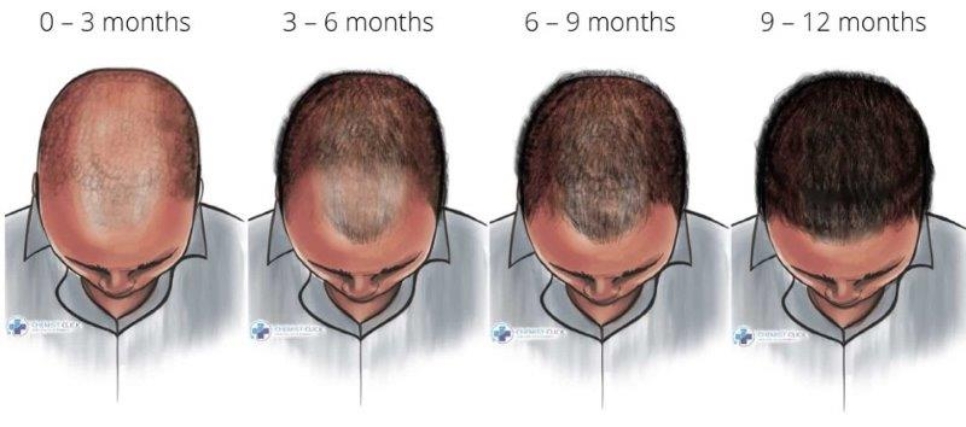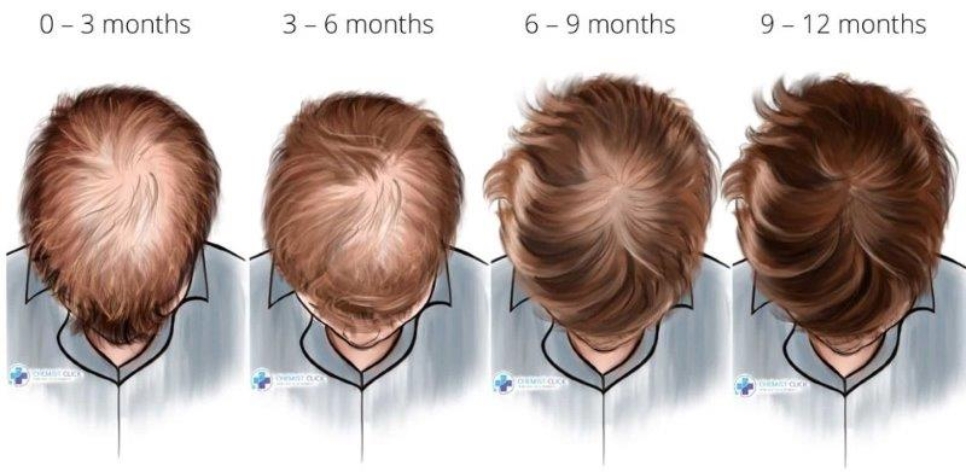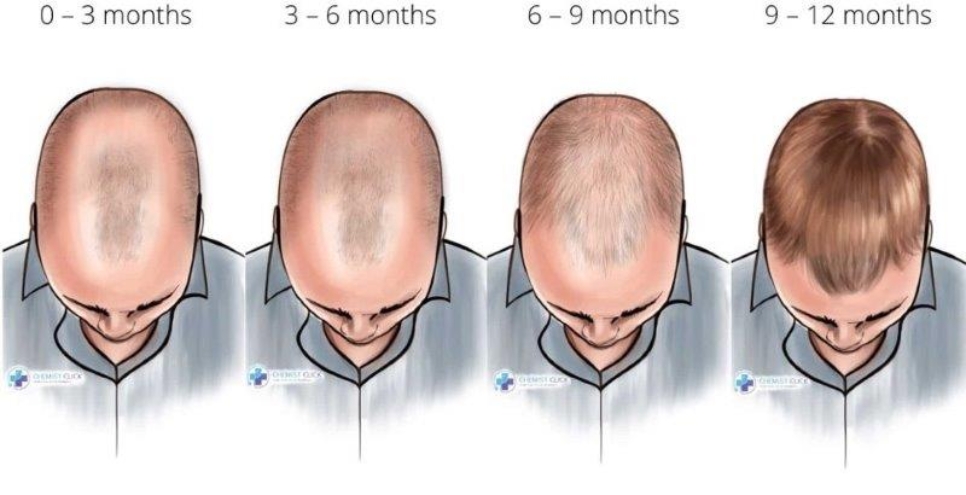You can improve and speed up finasteride results by:
Take Finasteride Every Day
To see the best results, Finasteride 1mg should be taken once a day, preferably around the same time each day. Skipping a dose or stopping treatment may impact it’s effectiveness and reverse changes to your hair thickness or hairline.
Massage Your Scalp Daily
This helps to increase the blood circulation in the scalp, allowing hair follicles to receive more nutrients. Research has shown that massaging the scalp can help to promote hair growth.
Use Finasteride and Minoxidil Together
Minoxidil (Regaine) is a vasodilator and works by widening blood vessels in the scalp, promoting a rich supply of oxygen and nutrients to hair follicles. This allows hair follicles to produce healthy strands of hair. Studies have shown that minoxidil helps to regrow hair and reduce hair loss in 84% of users.
Take Hair Loss Supplements
Hair loss supplements and vitamins work to promote hair growth and stop hair loss. Vitamins that can help your hair to grow include biotin, iron, vitamin B and zinc.
Ultimately, there is no way to actually speed of the results of finasteride itself, but implementing measures to improve the health of your hair will yield quicker results over a shorter period of time.







